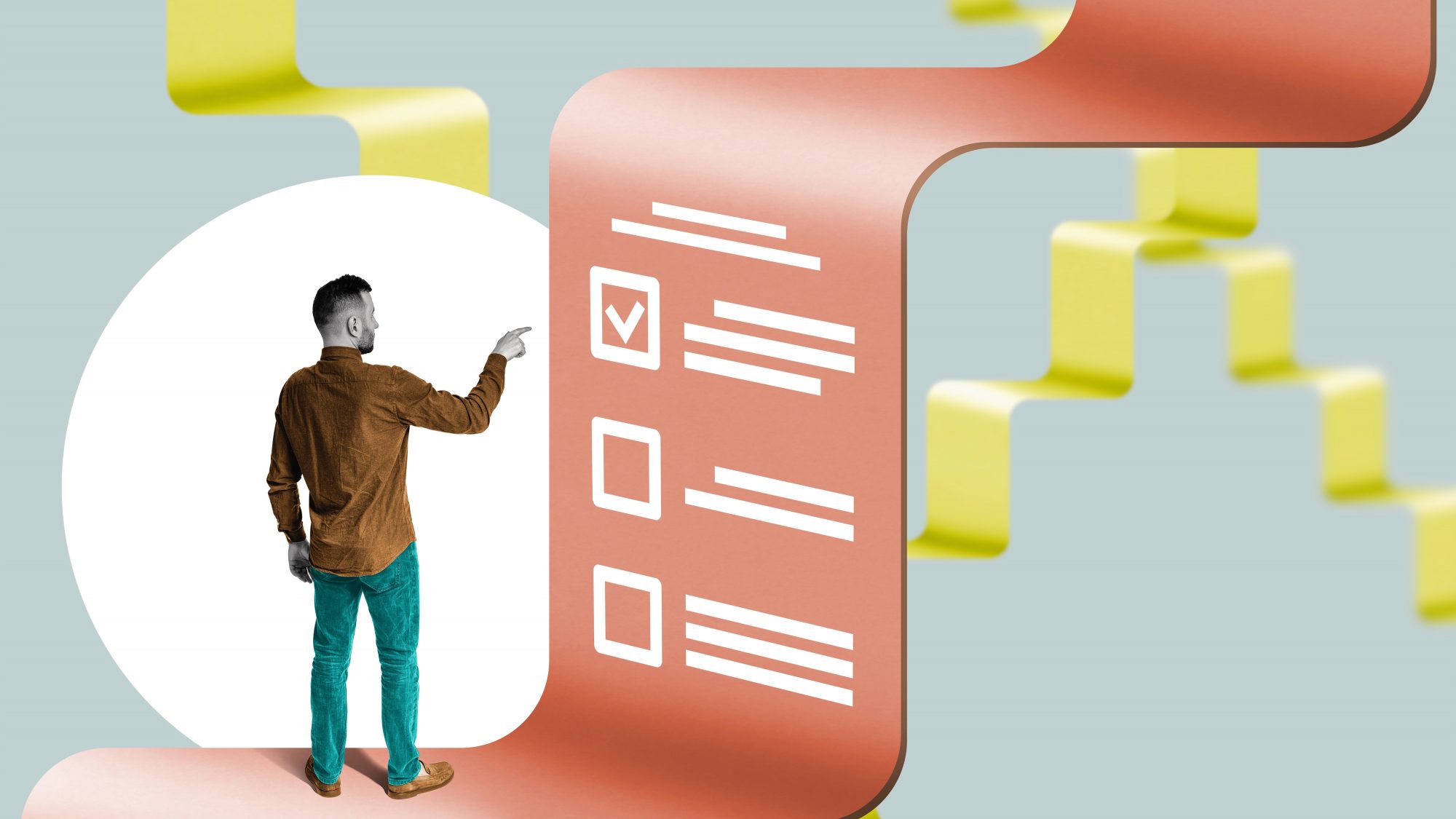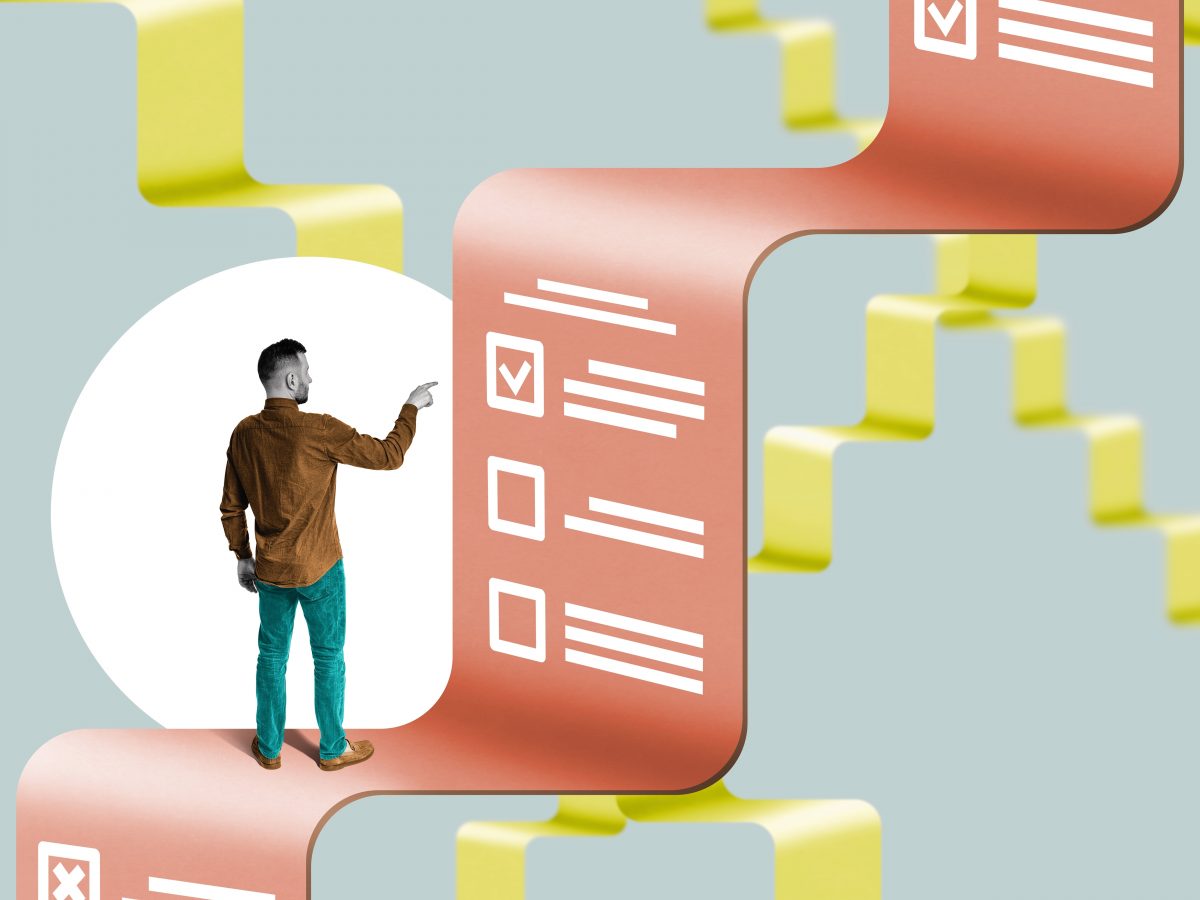What Is Enterprise Risk Management?
Enterprise risk management is the process of planning, organising, directing and controlling the activities of an organisation to minimise the negative impact of risk on its operation and earnings. Enterprise risk management includes financial risks, strategic risks, operational risks and risks associated with accidental losses.
Why Is Enterprise Risk Management Important?
An ERM program can help increase awareness of business risks across an entire organisation, set strategic objectives, improve regulatory compliance and internal compliance and increase efficiency through consistent applications of processes and controls.
Enterprises can benefit by shifting their corporate culture from a focus on meeting IT compliance obligations to targeting overall risk reduction.
Components Of ERM
-
Organisation’s Code Of Conduct
An organisation’s core values and code of conduct play a major role in defining its risk appetite and healthy work culture helps improve employees’ work standards and the ability to deal with risks. The managerial skills of the leaders will ensure that none of the risks is overlooked
-
Objective Setting And Goals
Organisations set a mission and vision to ensure that everyone is working towards a common goal. When these objectives are set and determined across the enterprise, every senior and junior employee is aware of their roles and responsibility.
-
Identification Of Risks And Opportunities
It is one of the most crucial components of the ERM framework. Analysing risks and opportunities is at the core of the risk mitigation strategy. The process of evaluating potential risks and opportunities should be defined from a strategic goal standpoint.
-
Risk Assessments And Its Categorisation
Risks can be of different types based on the several areas they impact. It includes strategic risks, i.e., it poses a threat to the business sustainability, operational risks, i.e., it can cause inefficiency in resource management, compliance risks, i.e., it violates the rules and regulations of a business, and so on.
-
Risk Response And Mitigation
After careful assessment and categorization of risks, it’s time to decide on an appropriate response. Based on the type of risks, the response will vary. Here are how one can respond to risks:
- Reduce – reduce the risks to minimise their impact
- Accept– accept the impact if it’s negligent or minimal.
- Avoid– eliminate or forego the risk.
- Transfer– assign or transfer the risk to a third party
-
Checks And Balances
Checks and balances are necessary to ensure that the response activities are carried out according to the policies. The company’s ethics and values are as important as risk mitigation measures.
-
Information And Communication
Communication is the essence of any business. Especially in the digitally advanced world, it holds immense value. In risk management, every employee must be capable of identifying potential risks and communicating it to the managers and stakeholders. This process will ensure that no risk is overlooked.
-
Monitoring & Call To Action
We all can agree on the fact that every program and strategy has a scope for improvement. Talking about the risk management framework, with changing trends risks change too. Organisations must, therefore, monitor and review the strategy at regular intervals.
What Benefits Does ERM Provide?
- Greater awareness about the risks facing the organisation and the ability to respond effectively
- Enhanced confidence about the achievement of strategic objectives
- Improved compliance with legal, regulatory and reporting requirements
- Increased efficiency and effectiveness of operations
Limitations With Traditional Approaches To Risk Management
Traditional approaches often limit the focus to managing uncertainties around physical and financial risks. They do not provide a sustainable framework because they focus largely on loss prevention, rather than adding value.
Under ERM, the focus is on integrating risk management with existing management processes, identifying future events that can have both positive and negative effects, and evaluating effective strategies for managing the organisation’s exposure to those possible future events
How To Focus On All Types Of Risk (Framework)?
The risk management framework involves:
- Establishing Context– This includes understanding the current conditions in which the organisation operates in an internal, external and risk management context.
- Identifying Risks– This includes the identification of the risks and threats to the organisation’s achievement of its objectives.
- Analysing Risks- This includes analysing the identified risks and determining their effect on the organisation.
- Assessing Risks– This includes determining and classifying the risk according to its level of impact and likelihood of happening.
- Treating Risks– This includes the development of strategies for controlling and mitigating the various risks.
- Monitoring And Reviewing- This includes the continual measurement and monitoring of the risk environment and the performance of the risk management strategies.
Leadership
The eventual success of any Enterprise Risk Management program depends on a company’s ability to develop a proper framework and corresponding implementation plan. This often requires a dedicated team with well-defined objectives. This team is commonly headed by the Chief Risk Officer. The CRO shall be appointed for a fixed tenure with the approval of the Board of directors
Challenges
ERM programs come with common hurdles and obstacles that prevent organisations from realising their risk management benefits. The way organisations handle these challenges determines the effectiveness of risk management.
Some of the common challenges faced are:
- Culture Shock– The biggest challenge to successful ERM implementation is managing the culture change. If key management personnel aren’t accustomed to the type of oversight, coordination, and execution required for effective risk management, they can hinder implementation progress.
- Poor Execution– Executing risk mitigation plans and reporting results to the ERM committee is essential to the successful implementation of the ERM framework.
- Inadequate Tolerance– Risk tolerance aligns with the organisation’s appetite for risk. By failing to align risk tolerance with metrics that align with ERM implementation objectives, one further compromises the ability of the business to manage risk appetite.
- Insufficient Data– Without data to establish assessment, execute risk action plans, and measure results, successful implementation is impossible
KPIs: Financial And Non-financial
A key performance indicator (KPI) is a measure used to reflect organisational success or progress concerning a specified goal.
The purpose of KPIs is to monitor progress towards accomplishing the strategic objectives
KPIs are typically included in a reporting scorecard or dashboard that enables top management, the board or other stakeholders to focus on the metrics deemed most critical to the success of an organisation.
Financial KPIs are generally based on income statements or balance sheet components.
Non-financial KPIs are other measures used to assess the activities that an organisation sees as important to the achievement of its strategic objectives. Typical non-financial KPIs include measures that relate to customer relationships, employees, operations, quality, cycle time, and the organisation’s supply chain.
Top Risks With KRI’s
A key risk indicator is an indicator, or metric, used to assess and measure a possible risk. If something is heading down the path of a disaster, you will be made aware of it by taking measurements of a KRI, rather than waiting for the negative outcomes to occur.
KRIs are just a selection of measurement tools to monitor overall risk.
KRIs can be broken down into three main categories, based on types of risk:
- Financial– These are metrics that help to measure market risk, regulatory changes or competitive risk.
- People– KRIs that measure employee satisfaction, customer churn, employee retention, etc.
- Operational– Ways to take note of risks that can occur from day-to-day issues like a technical malfunction or security breach.
The Output Of ERM Process In The Real World
Enterprise Risk Management Real Life Examples by Industry
Though every firm faces unique risks, those in the same industry often share similar risks. By understanding industry-wide common risks, one can create and implement response plans that offer the firm a competitive advantage.
-
Enterprise Risk Management Example in Banking
Generally, banks organise their risk management around two pillars: a risk management framework and a risk appetite statement. The enterprise risk framework defines the risks the bank faces and lays out risk management practices to identify, assess, and control risk. The risk appetite statement outlines the bank’s willingness to take on risks to achieve its growth objectives.
-
Enterprise Risk Management Example in Pharmaceuticals
Drug companies’ risks include threats around product quality and safety, regulatory action, and consumer trust. To avoid these risks, ERM experts emphasise the importance of making sure that strategic goals do not conflict with the ERM framework
-
Enterprise Risk Management Example in Consumer Packaged Goods
Common consumer goods companies use an ERM dashboard that lists plans and strategies in priority order, with the profile of each risk faced.
-
Enterprise Risk Management Example in Insurance
Insurance Groups understand that risk is inherent for insurers and seeks to practice disciplined risk-taking, within determining risk tolerance.
Their enterprise risk management framework aims to protect capital, liquidity, earnings, and reputation. Governance serves as the basis for risk management, and the framework lays out responsibilities for taking, managing, monitoring, and reporting risks.
Enterprise Risk Management Example in Technology
ERM framework in technology-related companies is focused on the following five core principles:
- Using a common risk framework across the enterprise.
- Assess risks on an ongoing basis.
- Focus on the most important risks.
- Clearly define accountability for risk management.
- Commit to continuous improvement of performance measurement and monitoring.
Interested In Learning More About ERM (Connect With IRM’s Exam)
The Institute of Risk Management (IRM) is the world’s leading professional body in enterprise risk management that provides an ideal pathway (Level 1 to Level 5) to becoming a risk leader with a certified fellowship in ERM at Level 5, recognized across the globe in 143 countries. The designations awarded by the IRM, are the world’s most highly respected titles for ERM.
Aspiring risk leaders can start a formal career in enterprise risk management with IRM’s global qualifications with Level 1 while pursuing graduation/post-graduation or even while working. The benefit of pursuing IRM’s qualifications is the application of risk in any and every sector, the ability to continue their existing work or study, and a professional designation that is earned at each stage after Level 2. One can become a Chief Risk Officer (CRO) after completing Level 5.














